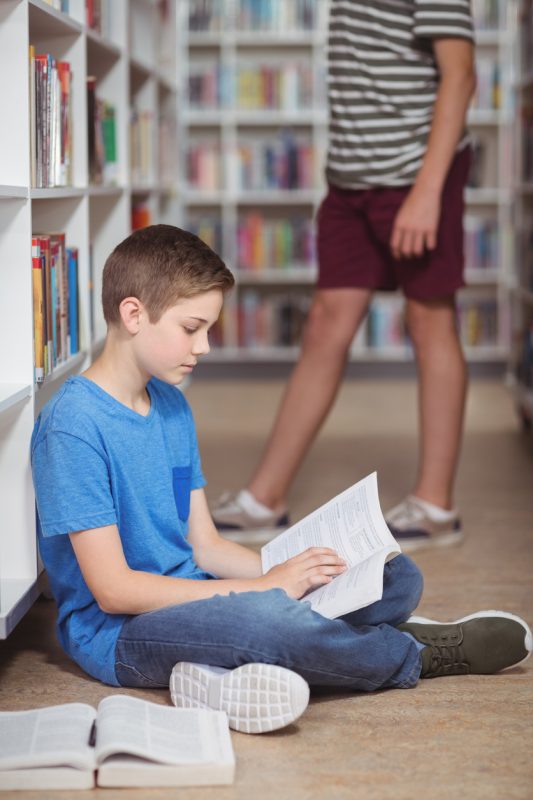
Separation or divorce can be an emotionally challenging experience for both parents and children. It’s essential to provide children with age-appropriate resources to help them understand and cope with the complexities of this transition. One powerful way to do this is through children’s books. In this blog, we’ve curated a list of children’s books on separation that address various aspects of this sensitive topic.
These books not only help kids navigate their emotions but also provide valuable insights and comfort during a challenging time.
1. “Two Homes” by Claire Masurel
This beautifully illustrated book explores the idea that a child can have two loving homes after their parents’ separation. It emphasizes that while homes may be different, the love and care from both parents remain constant. “Two Homes” is an excellent choice for young children who may be struggling to understand their new living arrangements.
2. “Dinosaurs Divorce: A Guide for Changing Families” by Marc Brown and Laurie Krasny Brown
Written and illustrated with humor and sensitivity, “Dinosaurs Divorce” takes a creative approach to explaining separation and divorce to children. Through the adventures of dinosaur characters, it addresses various aspects of the process, including the emotional ups and downs, living in two homes, and understanding the reasons behind separation.
3. “The Invisible String” by Patrice Karst
Although not directly focused on separation or divorce, “The Invisible String” is a heartwarming story about the unbreakable connection between loved ones. It’s a comforting book for children who may be dealing with feelings of separation anxiety or longing for a parent who lives in a different home. The story beautifully illustrates that love knows no physical boundaries.
4. “Was It the Chocolate Pudding?: A Story for Little Kids About Divorce” by Sandra Levins and Bryan Langdo
Geared toward younger children, this book uses a relatable story about a boy who navigates the changes in his family after his parents’ divorce. “Was It the Chocolate Pudding?” introduces the concept of divorce in a simple, age-appropriate way, helping children understand that their parents’ separation is not their fault.
5. “It’s Not Your Fault, Koko Bear” by Vicki Lansky
In “It’s Not Your Fault, Koko Bear,” young Koko Bear learns about his parents’ separation and experiences a range of emotions. The book addresses common questions and feelings children may have when their parents divorce, providing gentle reassurance and guidance.
6. “Standing on My Own Two Feet: A Child’s Affirmation of Love in the Midst of Divorce” by Tamara Schmitz
This empowering book focuses on a young girl’s journey of self-discovery and self-affirmation during her parents’ separation. “Standing on My Own Two Feet” encourages children to find their inner strength and resilience as they adapt to a changing family dynamic.
7. “When My Parents Forgot How to Be Friends” by Jennifer Moore-Mallinos
This book offers a thoughtful exploration of the changes that occur when parents divorce. It addresses the emotions children may experience, such as sadness and confusion, while also emphasizing that love from both parents remains constant. The book provides reassurance and guidance for children facing this challenging transition.
8. “My Family’s Changing” by Pat Thomas
Written for slightly older children, “My Family’s Changing” explores the emotions and practical aspects of divorce, including custody arrangements and living in two homes. It encourages open communication and provides a safe space for children to express their feelings.
9. “The Boys and Girls Book About Divorce” by Richard A. Gardner
This comprehensive guide addresses divorce from a child’s perspective, covering topics such as understanding feelings, visitation, and dealing with conflicts. “The Boys and Girls Book About Divorce” is suitable for older children and preteens who may have more complex questions about the separation process.
10. “The Family Book” by Todd Parr
While not specifically about separation or divorce, “The Family Book” celebrates diversity and the various forms that families can take. It’s an inclusive book that can help children understand that there is no one-size-fits-all definition of a family. It encourages acceptance and celebrates the uniqueness of every family, even those that have experienced separation.
In summary…
Children’s books on separation play a crucial role in helping kids understand and cope with the complex emotions and changes that come with their parents’ separation or divorce. These books provide comfort, guidance, and reassurance, showing children that they are not alone in their experiences. By reading and discussing these books with your child, you can create a supportive environment where they can express their feelings and gain a better understanding of this challenging life transition. Remember that each child is unique, so choose books that align with their age, maturity, and specific needs to ensure the most effective support during this sensitive time.


 The best time to introduce your children to your new partner can vary depending on several factors, including the age and temperament of the children, the nature and stability of the relationship, and the emotional readiness of everyone involved.
The best time to introduce your children to your new partner can vary depending on several factors, including the age and temperament of the children, the nature and stability of the relationship, and the emotional readiness of everyone involved. A survey was conducted at a primary school where children between the ages of 4-8 were asked “what is love”. The answers they got were broader and deeper than anyone could have imagined.
A survey was conducted at a primary school where children between the ages of 4-8 were asked “what is love”. The answers they got were broader and deeper than anyone could have imagined.


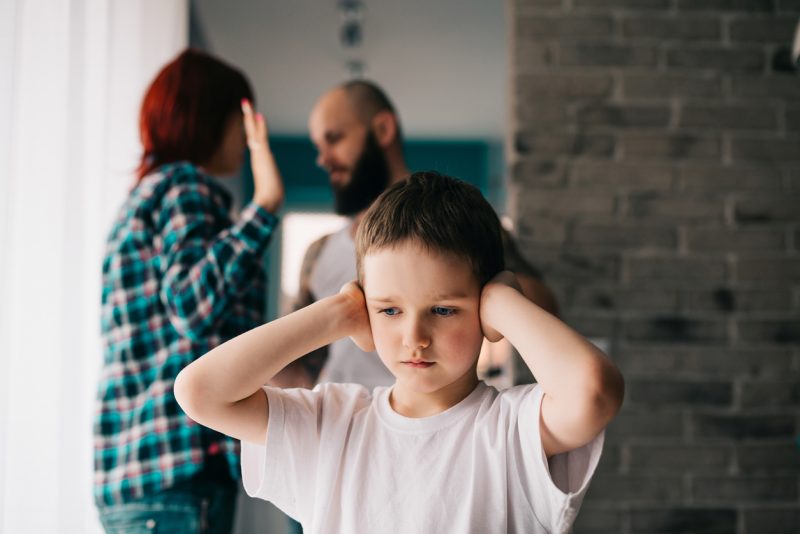
 You could not imagine how much importance your child puts on your promises i.e. when you said you would buy them that special gift, when you promised you would be there for them, there are times they know its boring for you but in the end it makes them feel secure and loved that you are there.
You could not imagine how much importance your child puts on your promises i.e. when you said you would buy them that special gift, when you promised you would be there for them, there are times they know its boring for you but in the end it makes them feel secure and loved that you are there.



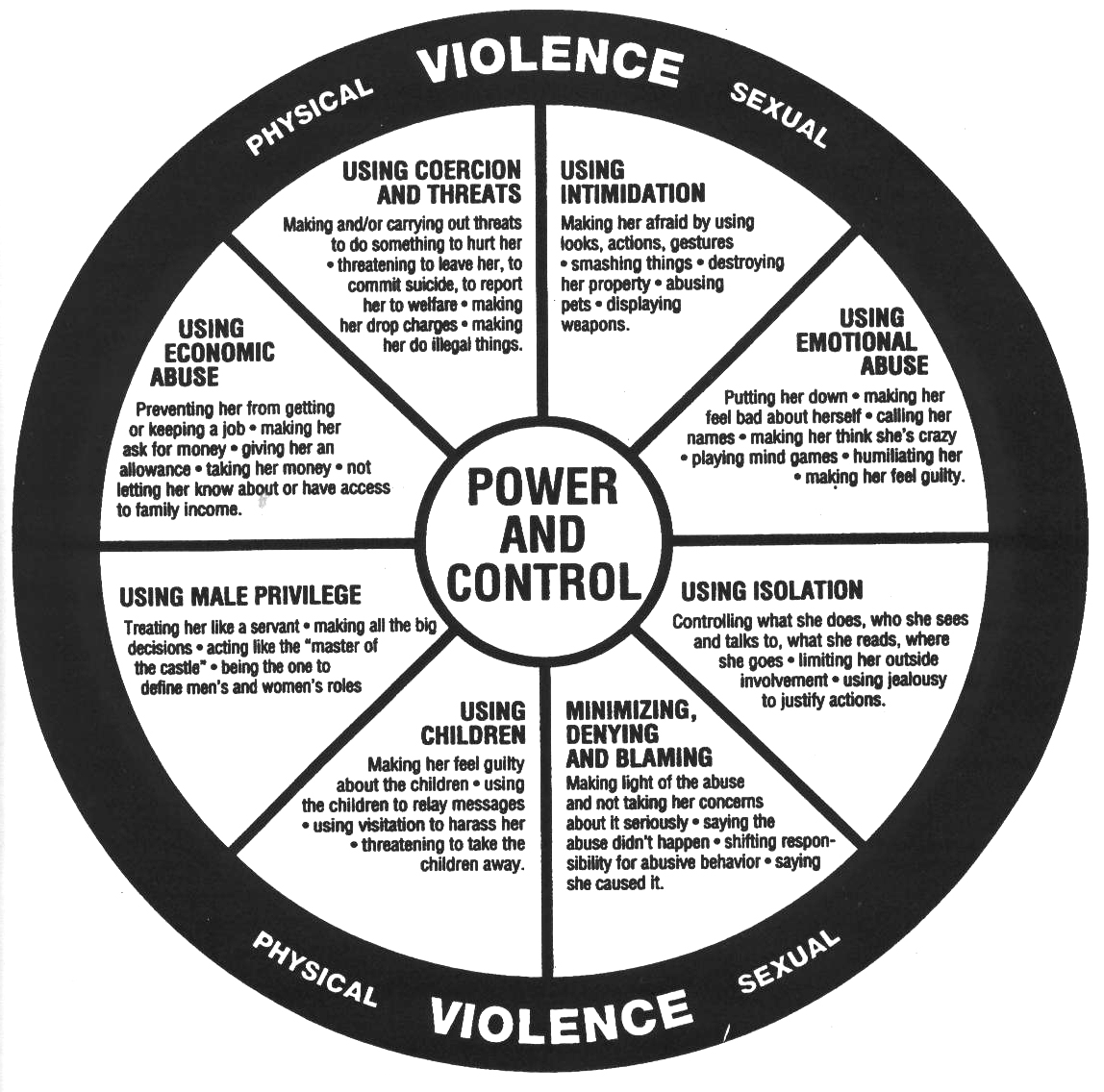
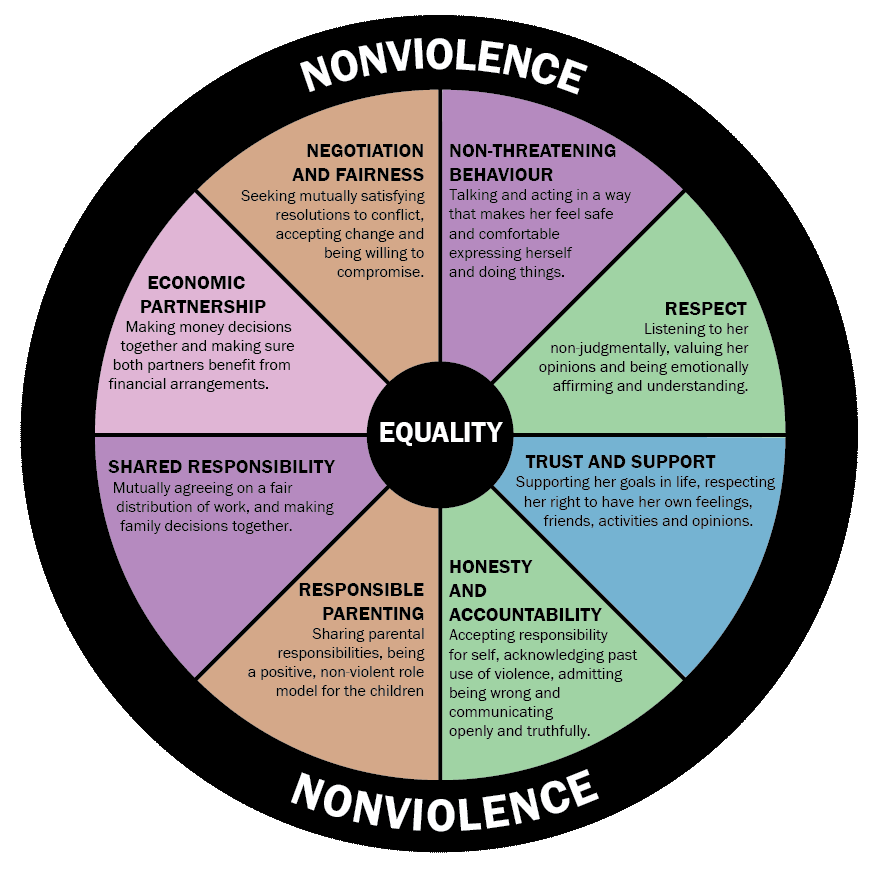








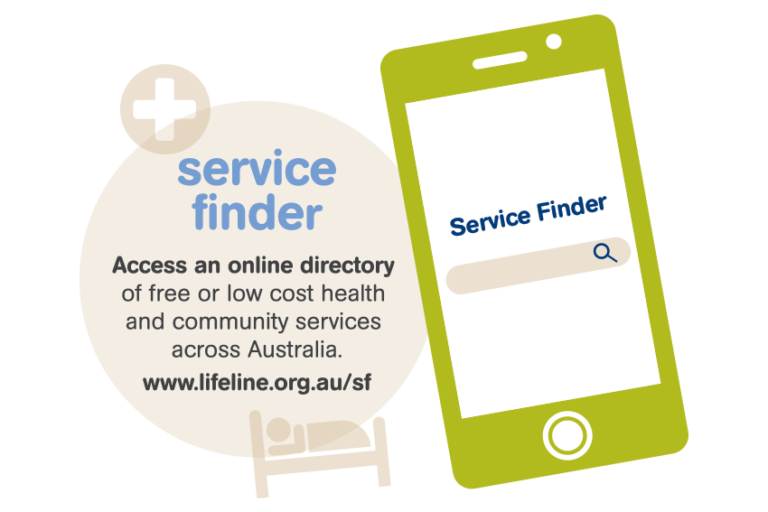
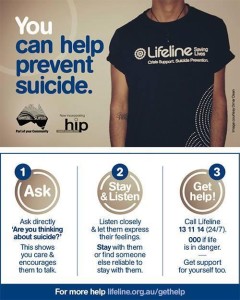





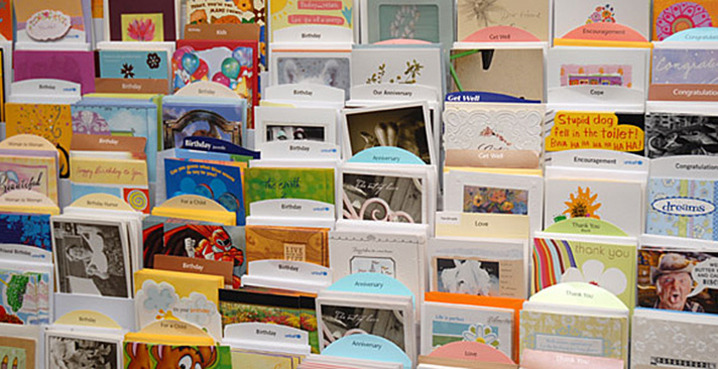

Introducing your child to your new partner
The advice in this article will be very difficult for some of you to agree with. That being said, let me also say that generalizing about people whose lives may be very complicated is difficult to do, so these are just general guidelines not informed by your particular story.
My rule of thumb is that divorced and separated parents should keep children out of their social lives until they have been separated or divorced for a period of at least two years and you have known your potential new partner for at least a year. Let me explain the easy things first.
New Partners
You might think your new partner is the greatest thing since sliced bread, but at one time you thought the same thing about the person whose name is on the bottom of the restraining order you just got. It’s hard to resist the power of someone who not only makes you feel good about yourself but reinforces your negative feelings about your ex.
With all of that conflict to concentrate on (especially if both of you are going through divorces), who has time to create trouble in the new relationship? What happens as a result is an extended “honeymoon period” in the new relationship. Having your kids along with your new partner helps legitimize the relationship, especially if your kids like your new partner’s kids and everyone gets along—but it might very well place unnecessary pressure on the kids.
Reasons to Take It Slow
One reason to take it very slow in having your children cozy up to your new partner is that often, the “second time around” relationship is just as bad as or worse than the first relationship you had, and you want to get away from that person too. That may be fine for you, but what if your kids like that person and the people who tag along with him or her? What happens then is that your children go through another round of sad separations, and ultimately they become mistrustful and suspicious of the next round of people you bring them into contact with. For kids, these separations can be as painful as the divorce from their mother or father.
Then there are the situations where you bring your children into contact with your new partner and they hate that person. What you have created in that circumstance is a pipeline of complaints that go from your children to the other parent, and that creates yet another set of problems.
Children of divorced parents often feel split loyalties between a new partner or parent figure and a biological parent. This is made worse when one of the biological parents is insecure or angry. It is very easy for children to pick up on, and as a result they try to please and soothe that parent by being critical of Mom or Dad’s new boyfriend or girlfriend.
With all of the problems that are associated with bringing children into contact with new boyfriends and girlfriends, it is a wonder why people do it with such frequency. There are two main reasons: One is that when parents separate they yearn for the return of a “normal” life with a companion. In their desire to create that normal life, they make decisions too quickly or without thinking through all of the possibilities and often end up replacing one dysfunctional relationship with another. As adults we are entitled to do this until we get it right, but we should try to avoid exposing children to our dating disasters. Related to this is the second main reason—when a parent adopts the philosophy that “My kids and I come as a package deal. If you think you want to be with me, my kids have to approve.” This is a perfectly reasonable philosophy, but it must be employed later rather than sooner. You should figure out whether the person is worth having your children evaluate them first.
Why the Two-Year Rule Works
I advocate the two-year rule because by the one-year mark most couples have seen each other at their best and at their worst. If you have seen your partner at your worst and he or she does not try to damage your self-esteem when you fight, and you have successfully solved many of the relationship problems you could not solve with your ex, then your relationship has a better than 50-50 chance of succeeding in the long term. I have seen quite a few complicated and difficult circumstances arise because people are in too much of a hurry to introduce their children to their new partners.
Another advantage is that after some time has passed, even young children will expect their mothers and fathers to want companionship, and the children will not be as focused on wanting to reunite the family. There is no guarantee your child will ever stop wanting this, but in most cases children will want it less after a few years or at least accept the reality that it’s not going to happen.
Once you have passed the two-year mark of being out of your old relationship, and once you know your new partner for a year, you can start talking to your children about meeting your boyfriend or girlfriend. If your children are old enough to understand what a boyfriend or girlfriend is, don’t beat around the bush. This is actually one of the advantages you have gained by waiting such a long time before introducing the person.
The Sleepover Question
Different people have different ideas about whether parents should invite their boyfriends or girlfriends to sleep over at their house. I would say avoid it, especially with young children. Children are growing up very quickly these days, and they will start to ask questions about whether you are having sex with your boyfriend or girlfriend because you are sleeping with them. You could properly tell them this is none of their business, but the situation will nevertheless make them feel uncomfortable, and you will ultimately have to deal with what kind of model this presents to your children, especially when they are fifteen years old and want to bring their boyfriends and girlfriends home to your house to sleep over.
Finally, it might be very tempting to bring your little children into bed with you and your new partner to snuggle or watch television, but I have seen this cause problems between mums and dads who become furious at the thought of their children climbing into bed with someone who is a “stranger” to them and cuddling. Before you permit your child to do this, ask yourself it is worth the legal fees you will have to spend in order to convince someone that you think there is no harm in it.
Quick Tips